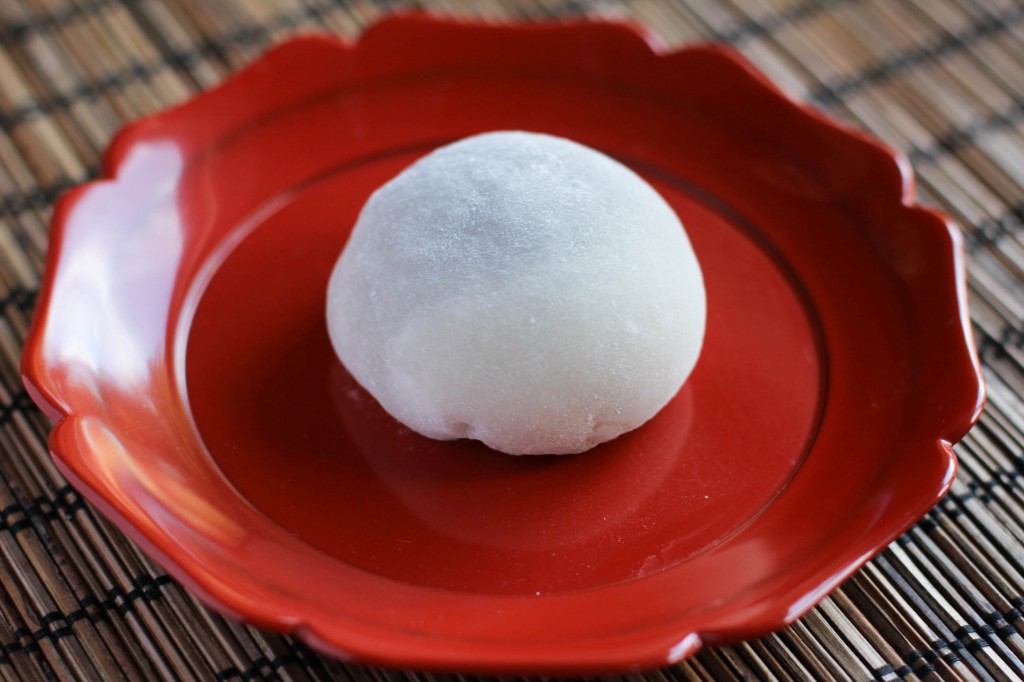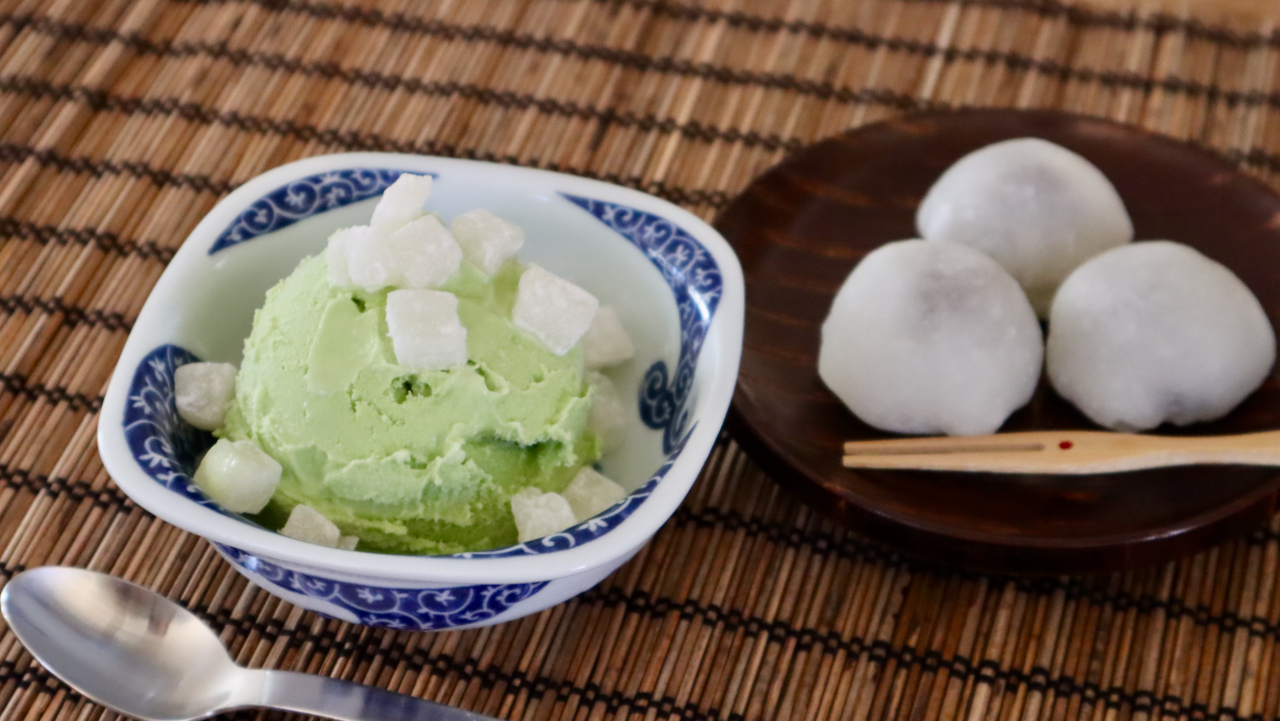Mochi, a delectable treat originating from Japan, has captivated taste buds worldwide with its unique texture and versatility. Whether enjoyed as a sweet dessert or savory snack, mochi’s chewy exterior and soft, glutinous interior have made it a beloved culinary creation.
In this comprehensive guide, we will delve into the art of crafting the perfect sweet mochi. From selecting the finest ingredients to mastering the techniques, we will provide a step-by-step walkthrough to ensure success in your mochi-making endeavors.
Sweet Mochi
Origins and Significance of Mochi in Japanese Culture
Mochi, a beloved Japanese delicacy, holds deep cultural significance. Its origins trace back centuries, with its earliest known form being a pounded rice paste used in religious ceremonies. Over time, mochi evolved into a versatile treat, enjoyed during festivals, holidays, and as a casual snack.
Unique Texture and Flavor Profile of Mochi
Mochi is renowned for its distinctive texture. It is soft, chewy, and slightly sticky, with a subtle sweetness. This unique texture results from the pounding process, which creates a smooth, elastic dough. The flavor of mochi is often mild and slightly nutty, allowing it to pair well with a variety of fillings and toppings.
Interesting Facts or Trivia about Mochi
* Mochi is traditionally made using glutinous rice, which gives it its sticky texture.
- In Japan, mochi is often associated with the New Year celebration, where it is eaten as a symbol of good luck and prosperity.
- The largest mochi ever made weighed over 2,000 pounds and was created in Japan in 2004.
Crafting the Perfect Sweet Mochi
Creating the perfect sweet mochi requires precision and attention to detail. Follow this step-by-step guide to achieve the soft, chewy texture and delectable flavor that makes this treat so beloved.
Selecting and Preparing Ingredients
- Glutinous Rice Flour: Choose high-quality glutinous rice flour, which is the key to mochi’s unique texture. Measure it accurately using a kitchen scale.
- Sugar: Granulated sugar provides sweetness. Use a combination of white and brown sugar for a more complex flavor profile.
- Water: Use lukewarm water to dissolve the sugar and activate the rice flour.
- Fillings: Traditional fillings include red bean paste, sweet potato, or fruit. Choose your favorite filling or experiment with new flavors.
Step-by-Step Instructions
- Combine Ingredients: In a large bowl, combine the glutinous rice flour, sugar, and lukewarm water. Mix until a dough forms.
- Knead the Dough: Turn the dough onto a lightly floured surface and knead for 5-7 minutes until it becomes smooth and elastic.
- Rest the Dough: Cover the dough with plastic wrap and let it rest at room temperature for 30 minutes.
- Shape the Mochi: Divide the dough into small pieces and flatten them into discs. Fill the center of each disc with your chosen filling.
- Boil the Mochi: Bring a large pot of water to a boil. Drop the mochi into the boiling water and cook for 2-3 minutes, or until they float to the surface.
- Serve Warm: Remove the mochi from the water and drain on paper towels. Serve warm and enjoy the chewy texture and sweet filling.
Variations
- Flavored Mochi: Add matcha powder, cocoa powder, or other flavorings to the dough for a unique twist.
- Stuffed Mochi: Instead of filling the center with a sweet paste, stuff the mochi with fresh fruit or savory ingredients like cheese or vegetables.
- Colored Mochi: Add food coloring to the dough to create vibrant and colorful mochi.
Exploring Sweet Mochi Delicacies
Sweet mochi, a delectable treat from Japan, comes in a myriad of enticing variations, each boasting unique characteristics and flavors. Let’s delve into the delightful world of these sweet mochi delicacies.
Daifuku
Daifuku, a beloved classic, features a soft, chewy mochi exterior enveloping a sweet, velvety filling. The most popular filling is anko, a sweet red bean paste, although variations may include fruit, nuts, or even ice cream.
Sakura Mochi
Sakura mochi is a seasonal delight, enjoyed during the cherry blossom viewing season. This delicate mochi is tinted a pale pink and wrapped in a pickled cherry blossom leaf, infusing it with a subtle floral aroma. The filling is typically anko, providing a sweet contrast to the slightly salty leaf.
Yomogi Mochi
Yomogi mochi is a unique variation, made with yomogi, a Japanese herb that imparts a vibrant green color and a slightly bitter flavor. The filling is usually anko, but can also be savory, such as sesame seeds or pickled vegetables.
Serving and Enjoying
Sweet mochi can be enjoyed in a variety of ways. It is often served with green tea as a simple yet elegant treat. For a more elaborate presentation, it can be garnished with fresh fruit or whipped cream. Mochi can also be grilled or toasted, giving it a crispy exterior while maintaining its soft, chewy interior.
Sweet Mochi as an Art Form

Beyond its culinary delights, sweet mochi has also emerged as a captivating art form. The soft and pliable dough provides a versatile canvas for intricate designs and patterns, transforming simple ingredients into edible masterpieces.
Intricate Designs and Patterns
Skilled artisans meticulously mold mochi into an array of captivating shapes and patterns. From delicate flowers and animals to elaborate geometric designs, the possibilities are endless. These intricate creations often resemble traditional Japanese crafts, such as origami and kirigami, showcasing the deep cultural roots of mochi art.
Techniques and Skills
Creating artistic mochi requires a combination of precision and artistry. Artisans utilize various techniques, including kneading, rolling, cutting, and steaming, to shape and decorate the dough. The delicate nature of mochi demands deft hands and a keen eye for detail.
Cultural Significance
Mochi art holds cultural significance in Japan, where it is often associated with festivals and celebrations. Intricate mochi designs are believed to bring good fortune and ward off evil spirits. In addition, mochi art serves as a testament to the creativity and craftsmanship of Japanese artisans, showcasing the enduring traditions and cultural heritage of the country.
Mochi in Modern Cuisine
Mochi’s versatility has led to its incorporation into various contemporary dishes, showcasing its adaptability and appeal beyond traditional preparations. Chefs and culinary enthusiasts alike are experimenting with mochi, infusing it into innovative recipes and culinary trends.
Fusion Cuisine
Mochi’s unique texture and flavor profile make it an ideal ingredient for fusion cuisine. It has been incorporated into dishes inspired by various culinary traditions, creating harmonious blends of flavors and textures. For instance, mochi has been used in sushi rolls, dumplings, and tacos, adding a chewy and flavorful element to these international favorites.
Closure

As we conclude our exploration of sweet mochi, it is evident that this culinary delight is more than just a treat; it is an art form, a cultural symbol, and a testament to the creativity and skill of those who create it.
Whether enjoyed in its traditional form or incorporated into innovative contemporary dishes, mochi continues to enchant and inspire.
Helpful Answers
What is the best way to store mochi?
Mochi is best stored in an airtight container in the refrigerator for up to 3 days. It can also be frozen for up to 2 months.
Can I use other types of flour to make mochi?
Yes, you can use other types of flour to make mochi, such as rice flour or almond flour. However, the texture and flavor of the mochi will be slightly different.
What are some popular fillings for mochi?
Some popular fillings for mochi include red bean paste, sweet potato, and fruit.
